-

BRANZ E-Learning resources
This series of three modules provides a practical and comprehensive introduction to the design and construction of lightweight steel-framed buildings. Developed…
Read more
-
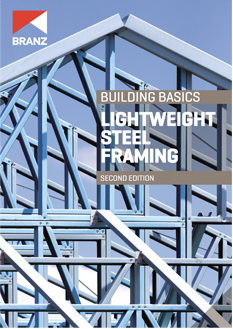
BRANZ BUILDING BASICS: Light Steel framing
The aim of this guide is to provide easy-to-follow practical design and construction information for designers, builders and building consent…
Read more
-
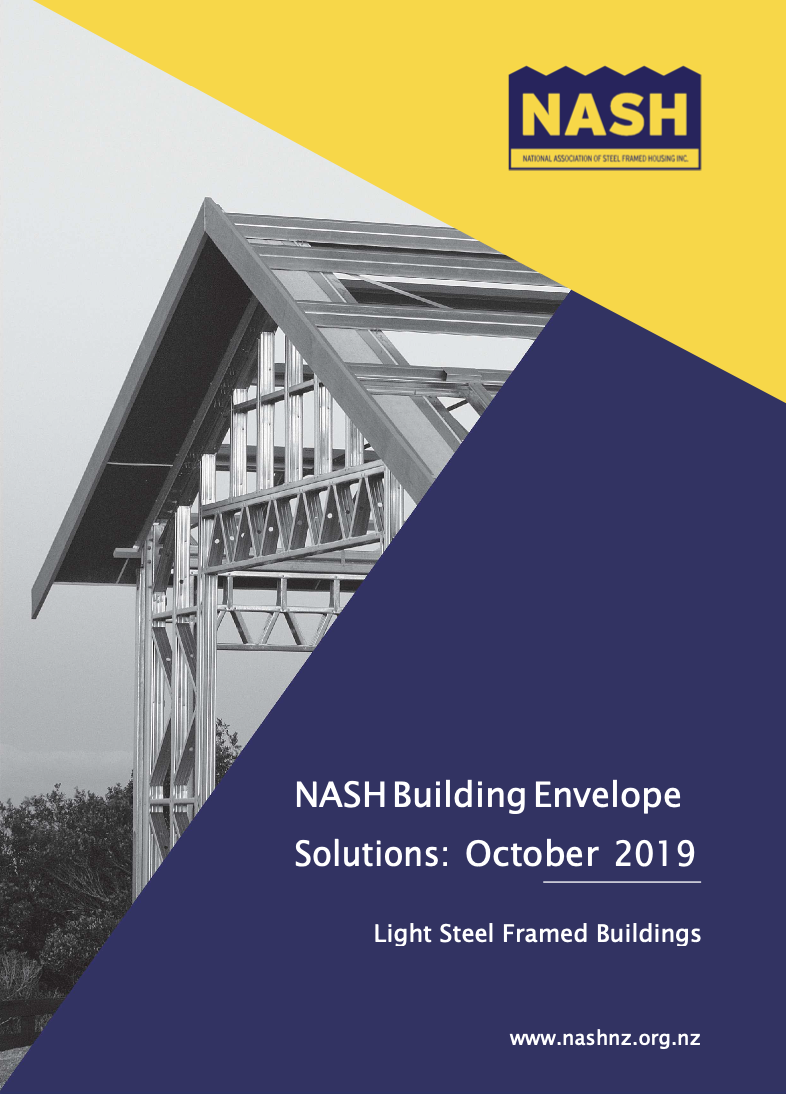
NASH Building Envelope Solutions: October 2019
This Standard is intended to be referenced as an Acceptable Solution to the New Zealand Building Code (NZBC) clause E2…
Read more
-
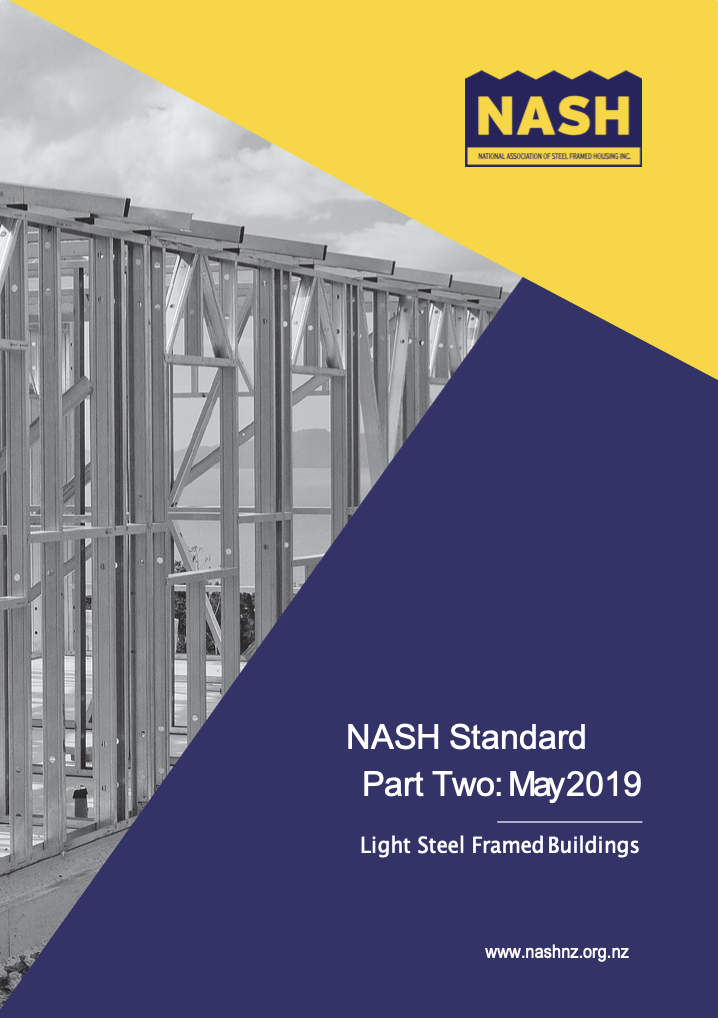
NASH Standard Part Two: May 2019
This Standard is intended to be referenced by Acceptable Solutions for New Zealand Building Code (NZBC) clauses B1 Structure and…
Read more
-
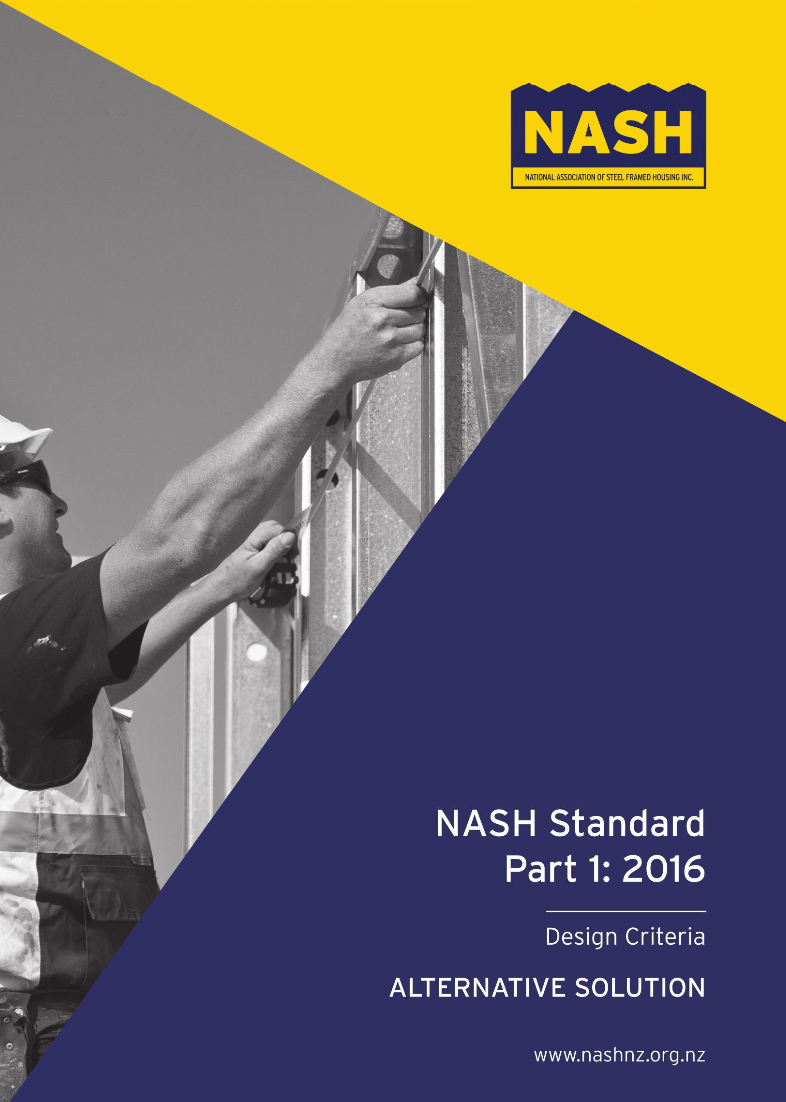
Alternative solution: NASH Standard Part 1 2016
This Standard is intended to be an alternative solution verification method to the New Zealand Building Code (NZBC) clause B1…
Read more
-
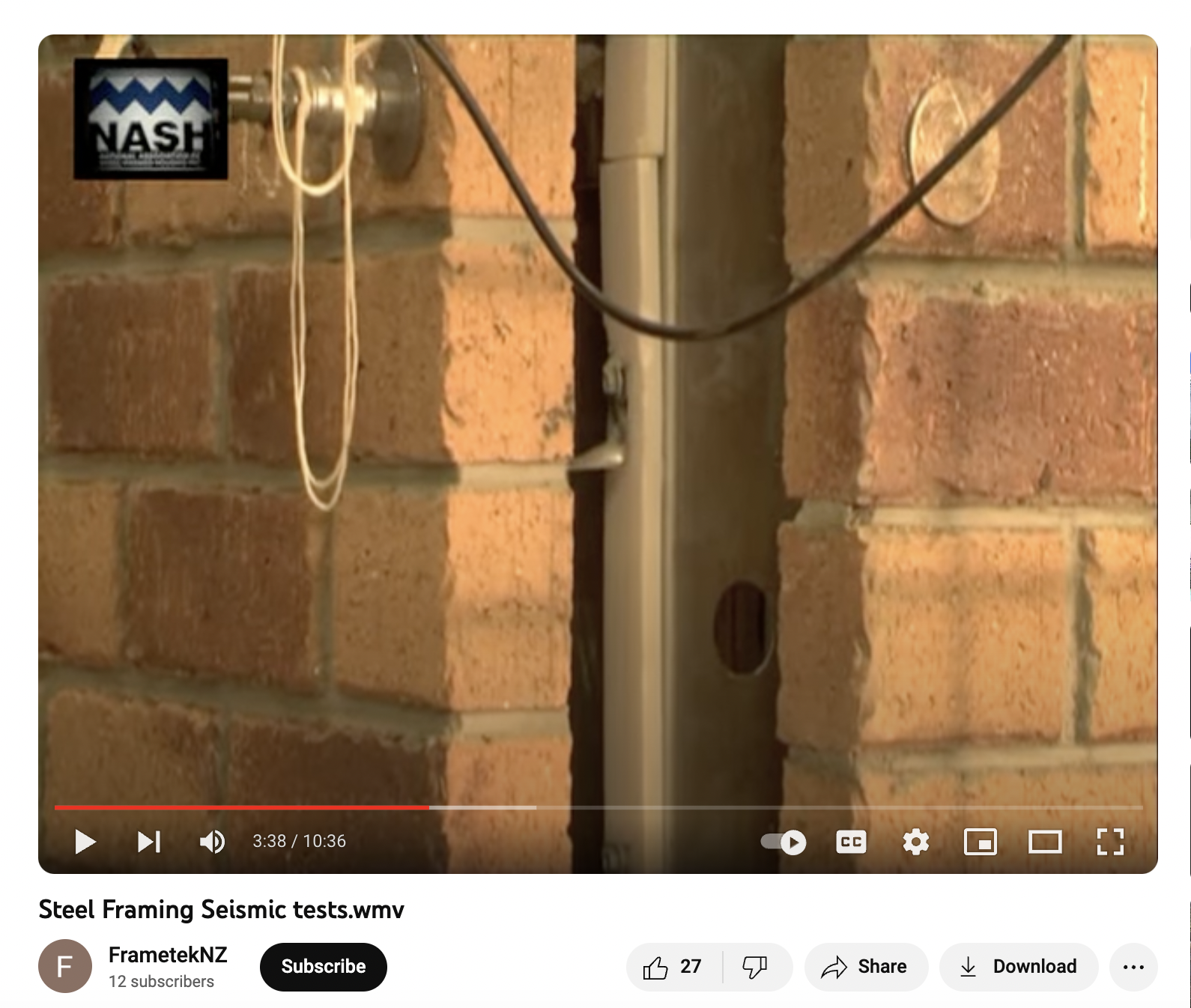
Steel Framing Seismic Performance
Watch the Shaking Table Test here. Made in conjunction with the University of Melbourne (2009) .
Read more
-
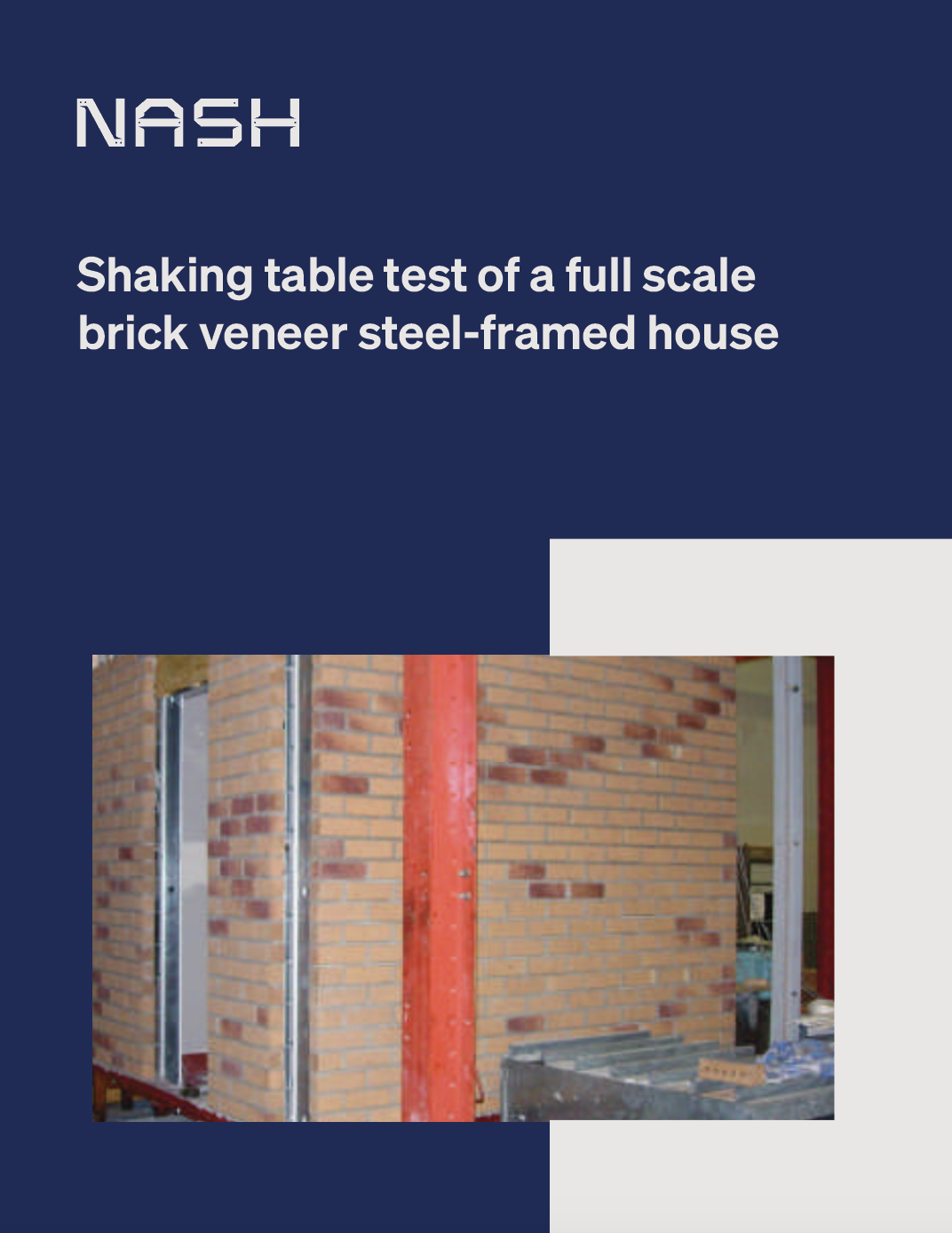
Shaking table test of a full scale brick veneer steel-framed house
Clay brick veneer is often used for cladding purpose to low-rise residential structures in Australia and New Zealand. In this…
Read more
-
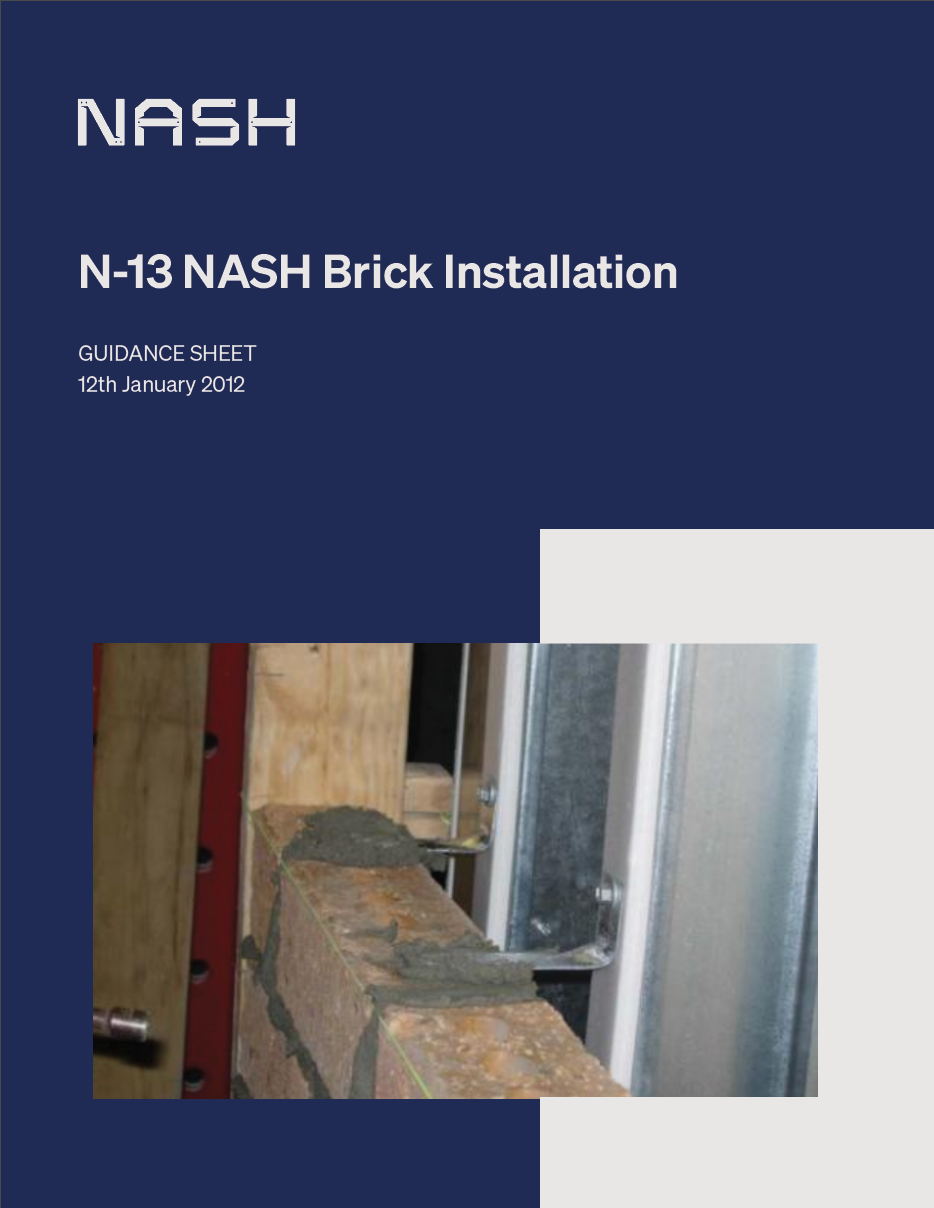
N-13 NASH Brick Installation
NASH has carried out extensive testing on brick cladding systems on light steel frame construction in collaboration between the University…
Read more
-
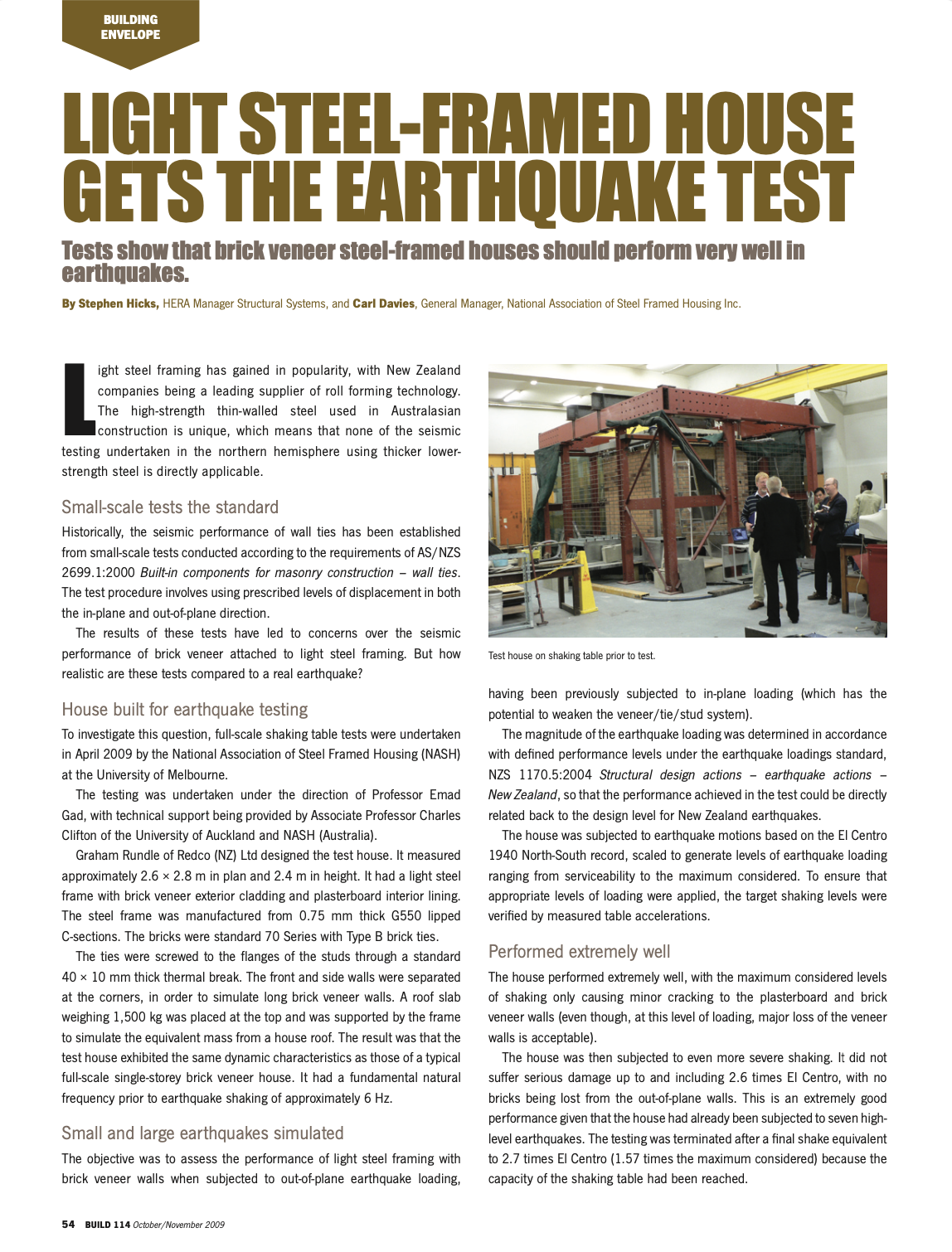
Light Steel-framed house gets the earthquake test
Light steel framing has gained in popularity, with New Zealand companies being a leading supplier of roll forming technology. The…
Read more
